Alejandro de Tomaso was the son of an Argentinian government official. More interested in motor racing than in managing the fortune the family had accumulated, he fled to Italy during the overthrow of the Péron government in 1955. He drove OSCA racing cars for the Maserati brothers, then formed his own company, DeTomaso Automobili SpA, in 1959. He built six Formula One cars in 1961, two with OSCA engines. His first road-going car was the Vallelunga coupe, a mid-engine Ghia-bodied two-seater with Ford Cortina power. About 50 were built, along with a single spyder version, but the car’s pressed-steel chassis proved problematic. Having started his company with modest capital, de Tomaso had access to considerable wealth courtesy of his American wife, Isabelle Haskell, heiress to an electrical components company in New Jersey. With newfound means, de Tomaso bought Ghia, lock, stock and barrel. In 1969, he contrived a further development of the Vallelunga, the Mangusta (mongoose), with Ford 302 cubic inch V8 engine, ZF 5-speed transaxle, backbone chassis, limited-slip differential and Girling disc brakes. The mid-engine coupe body was penned by Giorgetto Giugiaro, then working at Ghia. Some 400 were built in the years 1967-70, a good number imported to the U.S. by Kjell Qvale of San Francisco. During the course of the Mangusta deal, deTomaso had established a good relationship with Ford Motor Company. This was very instrumental in his next automotive venture, the Pantera. This time a unitized body, the Pantera used the larger 351cid Ford “Cleveland” V8, developing up to 330bhp. With a top speed of 160mph it made headlines and Ford took a stake, offering the car through Lincoln-Mercury dealerships. The Pantera really established de Tomaso’s presence in the American marketplace. The body was styled by Tom Tjaarda, son of Lincoln-Zephyr designer John Tjaarda, then working at Ghia. Actual construction, however, was done by Vignale, also a de Tomaso company. A low, wedge-shaped form, it had a pointed nose with disappearing headlamps. There was luggage space both front and rear. Sources differ as to the number built. Lincoln-Mercury claims to have sold more than 6,000, at prices around $9,000 at port of entry. Tightened emissions regulations reduced the Pantera’s power in 1973. New bumpers required for U.S. DOT certification added nine inches and 50 pounds to the car, and further requirements were on the horizon. U.S. imports halted in 1974, but cars were available at retail well into 1975. Production continued in Italy, however, for overseas markets, albeit at a modest pace. Engines were sourced from Australia. The model was briefly re-introduced to the United States in 1981, though an independent importer. Ford bought Ghia from de Tomaso in 1973, and continues the design operations for concept work while using the badge on top-line production models worldwide. Two years later de Tomaso took over Maserati, saving it from collapse. Maserati was sold to Fiat in 1993, the year Alejandro de Tomaso suffered a stroke and retired from the business. He died in 2003. In recent years there has been a growing interest in the collectability of classics from this era as new generations arrive in the hobby and acquire cars with their own nostalgia in mind, reflecting the days when they were college grads and the dream of owning a performance Italian car was a distant speck on the horizon. When buying into that dream, the greatest fascination and highest premiums have as ever been paid for remarkable ‘time-warp’ cars which for whatever reason never really turned a wheel, and arrive on the market today as they were offered for sale 30 or more years ago. To the older connoisseur it makes perfect sense, and with a growing interest in originality, then why not have an ‘out of the box’ example, which you know has never been restored, is not an interpretation of how these cars looked in period, and hasn’t suffered from quick or cheap fixes over time. In this
Alejandro de Tomaso was the son of an Argentinian government official. More interested in motor racing than in managing the fortune the family had accumulated, he fled to Italy during the overthrow of the Péron government in 1955. He drove OSCA racing cars for the Maserati brothers, then formed his own company, DeTomaso Automobili SpA, in 1959. He built six Formula One cars in 1961, two with OSCA engines. His first road-going car was the Vallelunga coupe, a mid-engine Ghia-bodied two-seater with Ford Cortina power. About 50 were built, along with a single spyder version, but the car’s pressed-steel chassis proved problematic. Having started his company with modest capital, de Tomaso had access to considerable wealth courtesy of his American wife, Isabelle Haskell, heiress to an electrical components company in New Jersey. With newfound means, de Tomaso bought Ghia, lock, stock and barrel. In 1969, he contrived a further development of the Vallelunga, the Mangusta (mongoose), with Ford 302 cubic inch V8 engine, ZF 5-speed transaxle, backbone chassis, limited-slip differential and Girling disc brakes. The mid-engine coupe body was penned by Giorgetto Giugiaro, then working at Ghia. Some 400 were built in the years 1967-70, a good number imported to the U.S. by Kjell Qvale of San Francisco. During the course of the Mangusta deal, deTomaso had established a good relationship with Ford Motor Company. This was very instrumental in his next automotive venture, the Pantera. This time a unitized body, the Pantera used the larger 351cid Ford “Cleveland” V8, developing up to 330bhp. With a top speed of 160mph it made headlines and Ford took a stake, offering the car through Lincoln-Mercury dealerships. The Pantera really established de Tomaso’s presence in the American marketplace. The body was styled by Tom Tjaarda, son of Lincoln-Zephyr designer John Tjaarda, then working at Ghia. Actual construction, however, was done by Vignale, also a de Tomaso company. A low, wedge-shaped form, it had a pointed nose with disappearing headlamps. There was luggage space both front and rear. Sources differ as to the number built. Lincoln-Mercury claims to have sold more than 6,000, at prices around $9,000 at port of entry. Tightened emissions regulations reduced the Pantera’s power in 1973. New bumpers required for U.S. DOT certification added nine inches and 50 pounds to the car, and further requirements were on the horizon. U.S. imports halted in 1974, but cars were available at retail well into 1975. Production continued in Italy, however, for overseas markets, albeit at a modest pace. Engines were sourced from Australia. The model was briefly re-introduced to the United States in 1981, though an independent importer. Ford bought Ghia from de Tomaso in 1973, and continues the design operations for concept work while using the badge on top-line production models worldwide. Two years later de Tomaso took over Maserati, saving it from collapse. Maserati was sold to Fiat in 1993, the year Alejandro de Tomaso suffered a stroke and retired from the business. He died in 2003. In recent years there has been a growing interest in the collectability of classics from this era as new generations arrive in the hobby and acquire cars with their own nostalgia in mind, reflecting the days when they were college grads and the dream of owning a performance Italian car was a distant speck on the horizon. When buying into that dream, the greatest fascination and highest premiums have as ever been paid for remarkable ‘time-warp’ cars which for whatever reason never really turned a wheel, and arrive on the market today as they were offered for sale 30 or more years ago. To the older connoisseur it makes perfect sense, and with a growing interest in originality, then why not have an ‘out of the box’ example, which you know has never been restored, is not an interpretation of how these cars looked in period, and hasn’t suffered from quick or cheap fixes over time. In this



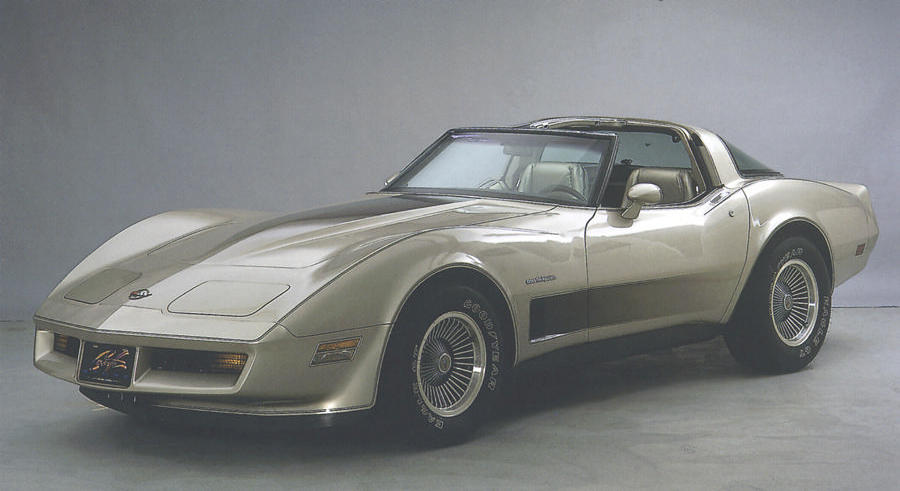
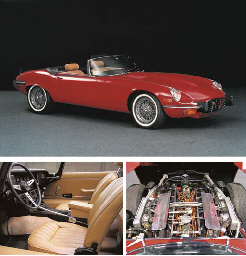
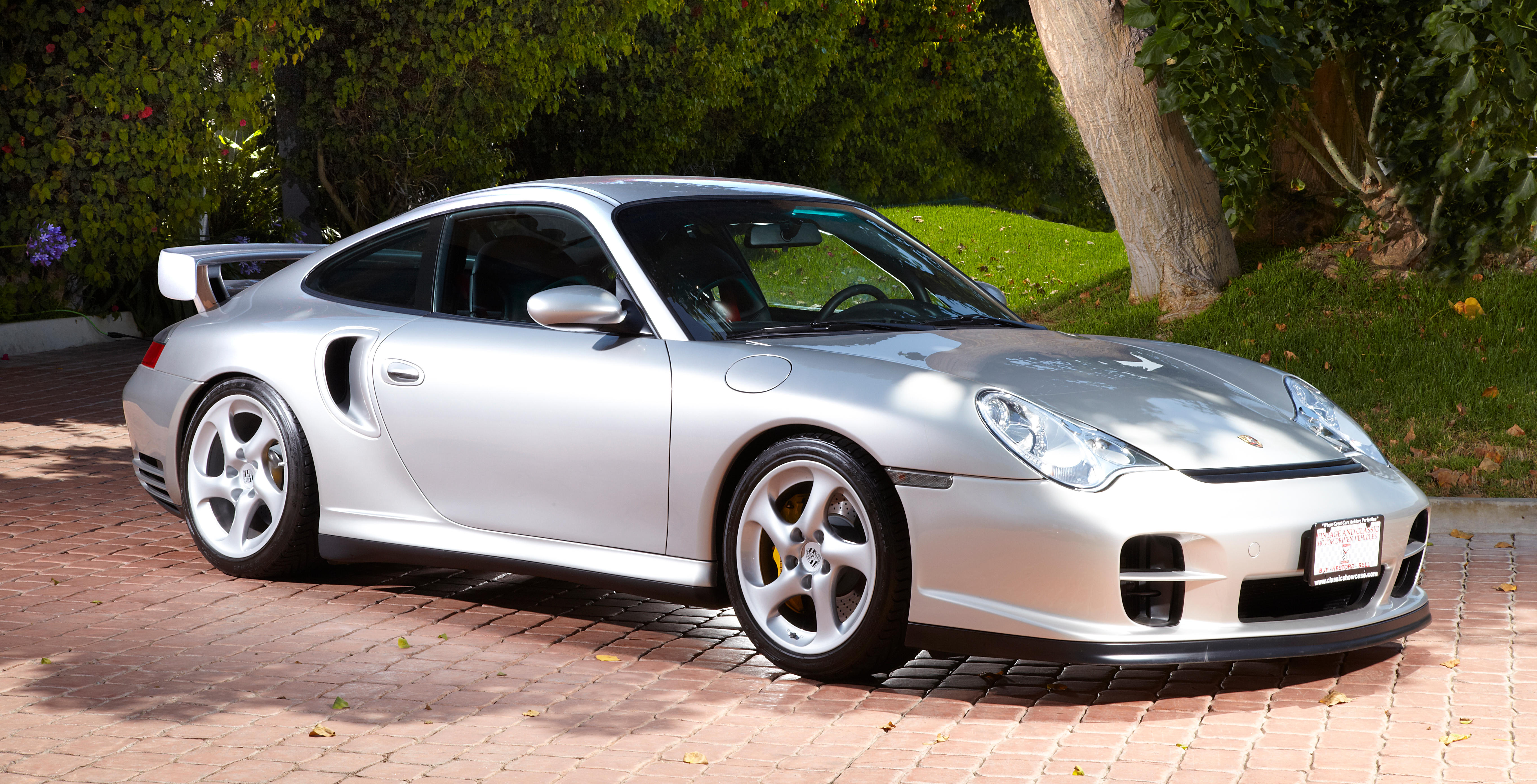
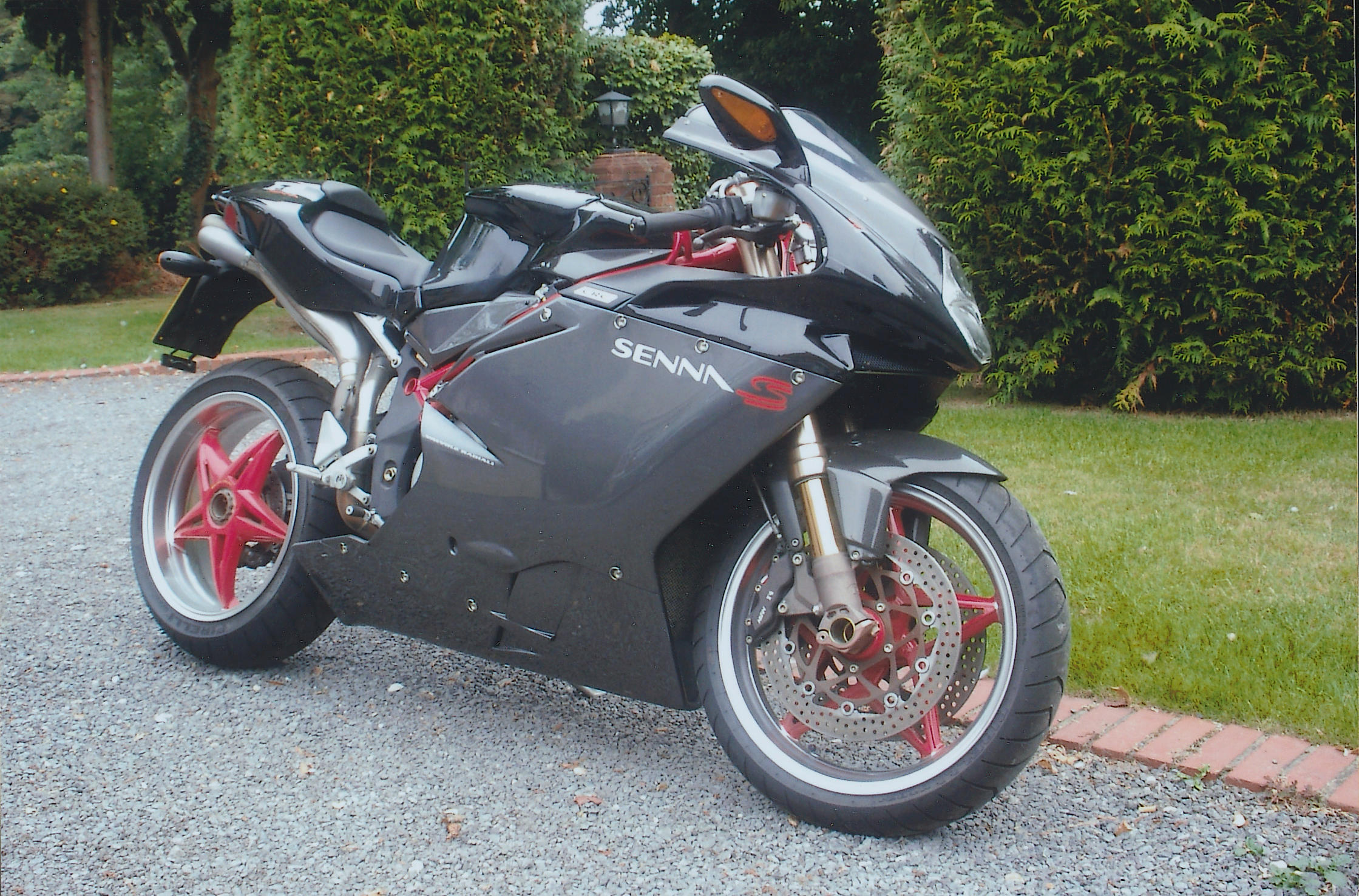
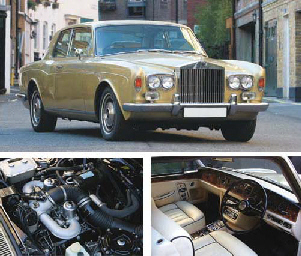
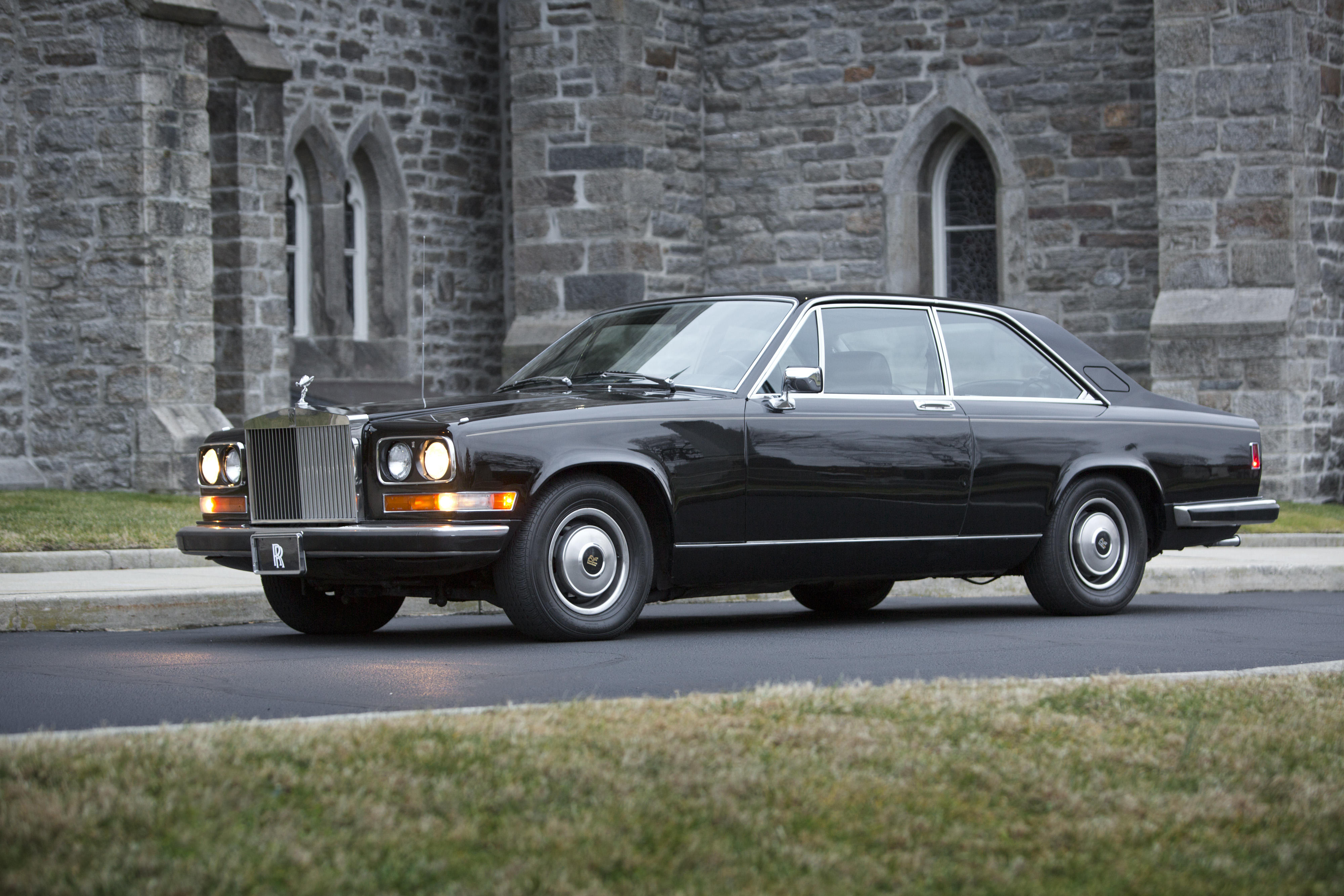
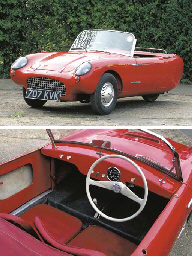
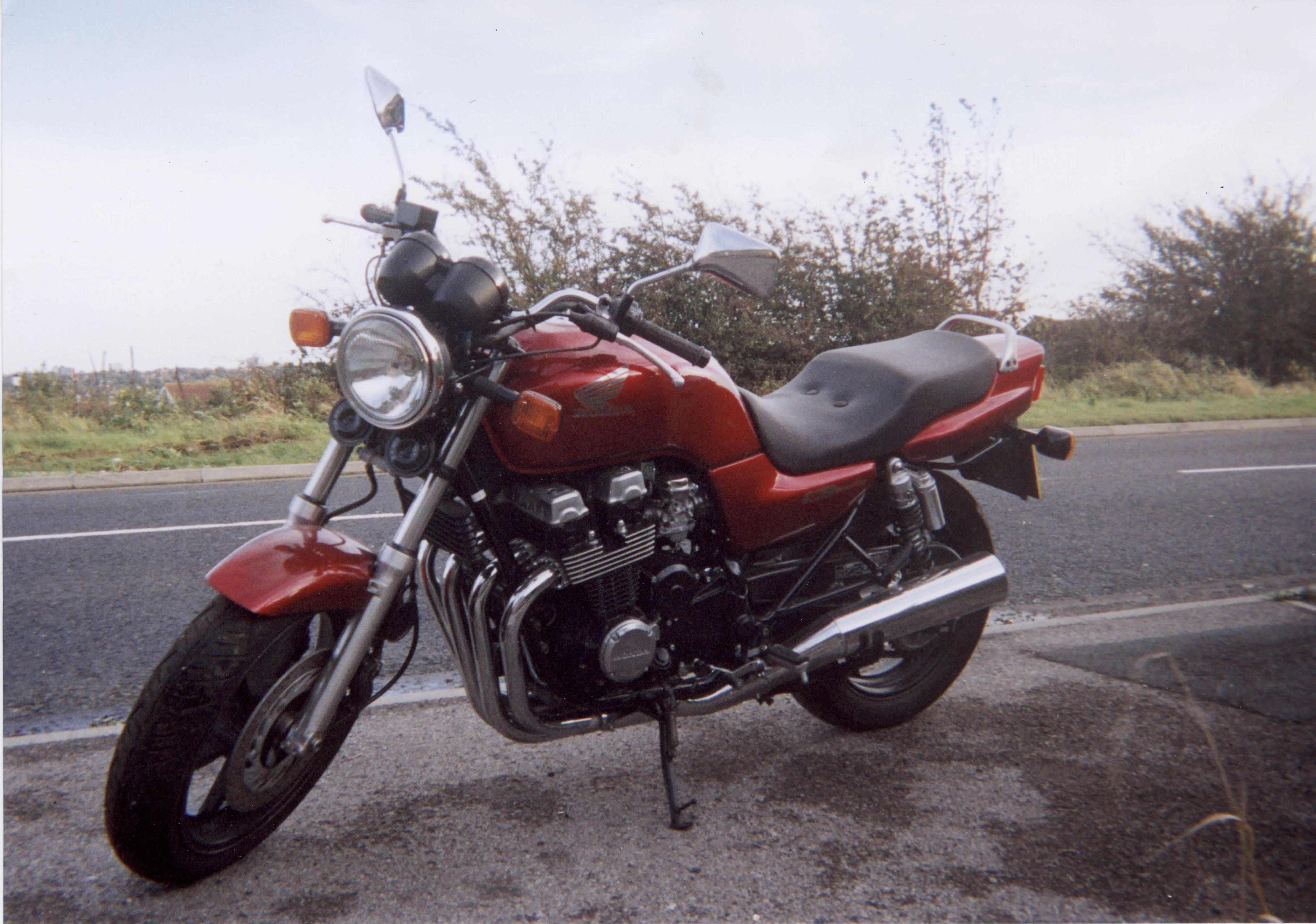
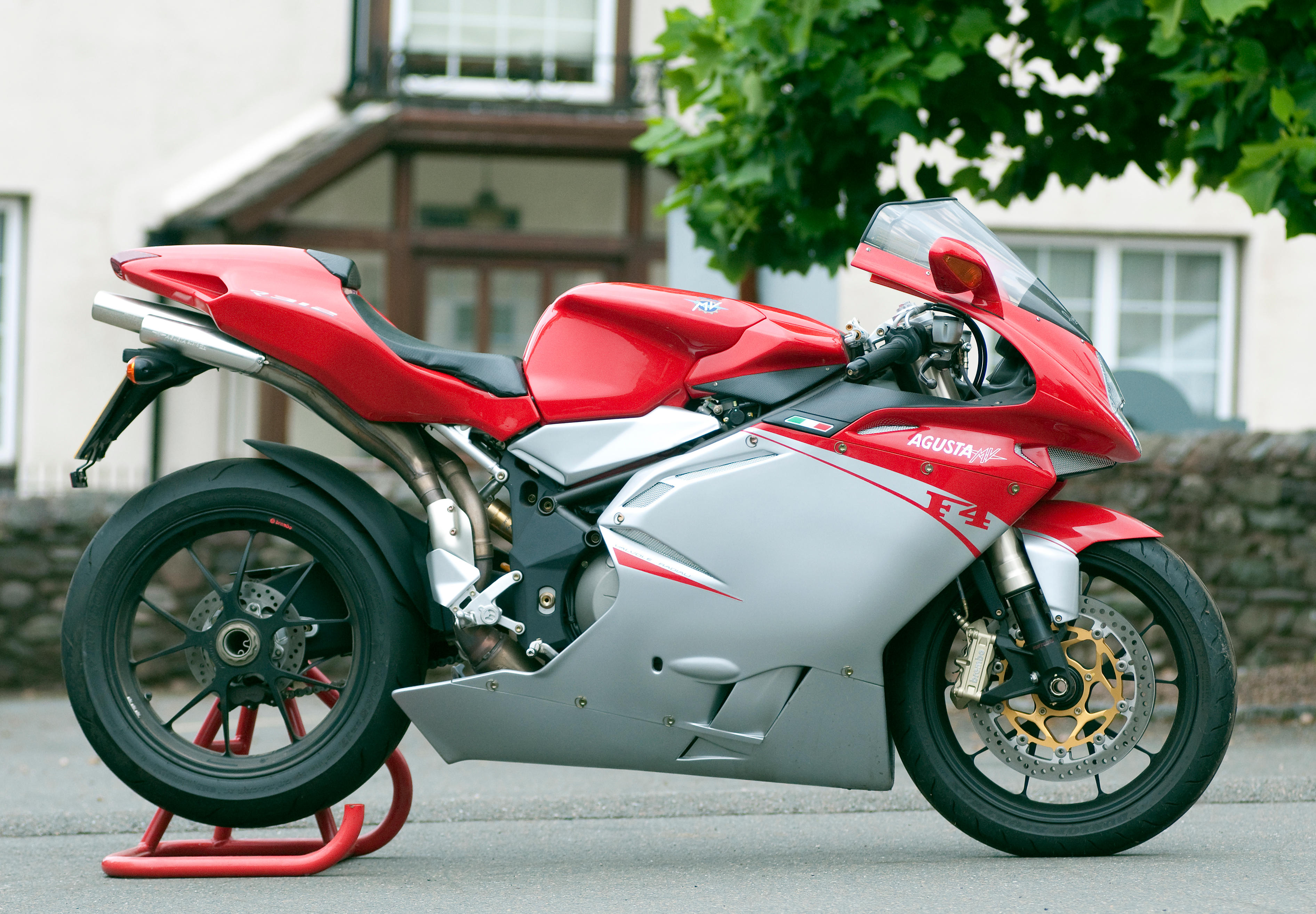
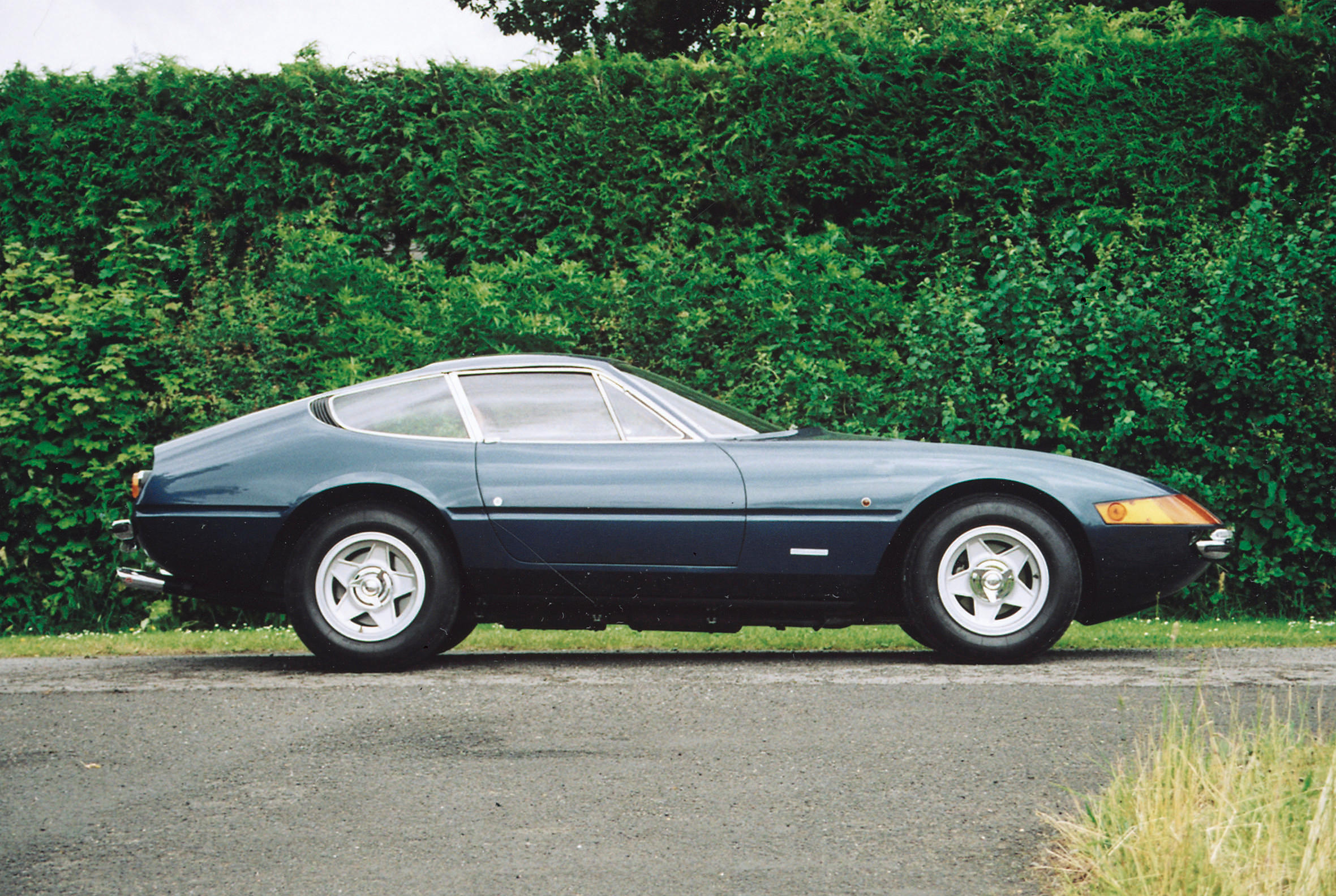
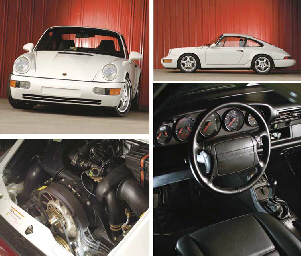
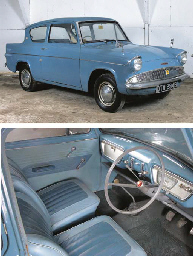
Try LotSearch and its premium features for 7 days - without any costs!
Be notified automatically about new items in upcoming auctions.
Create an alert